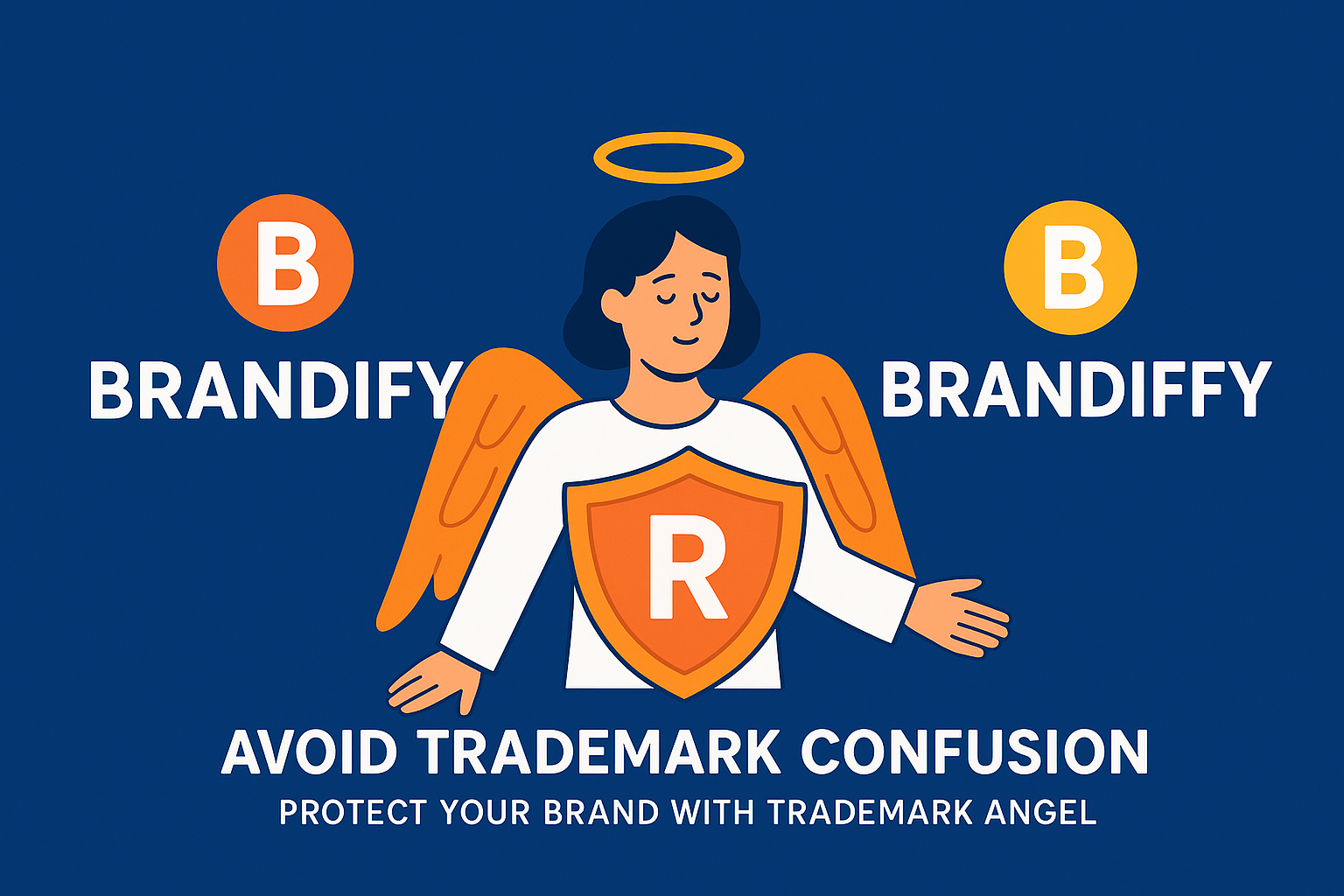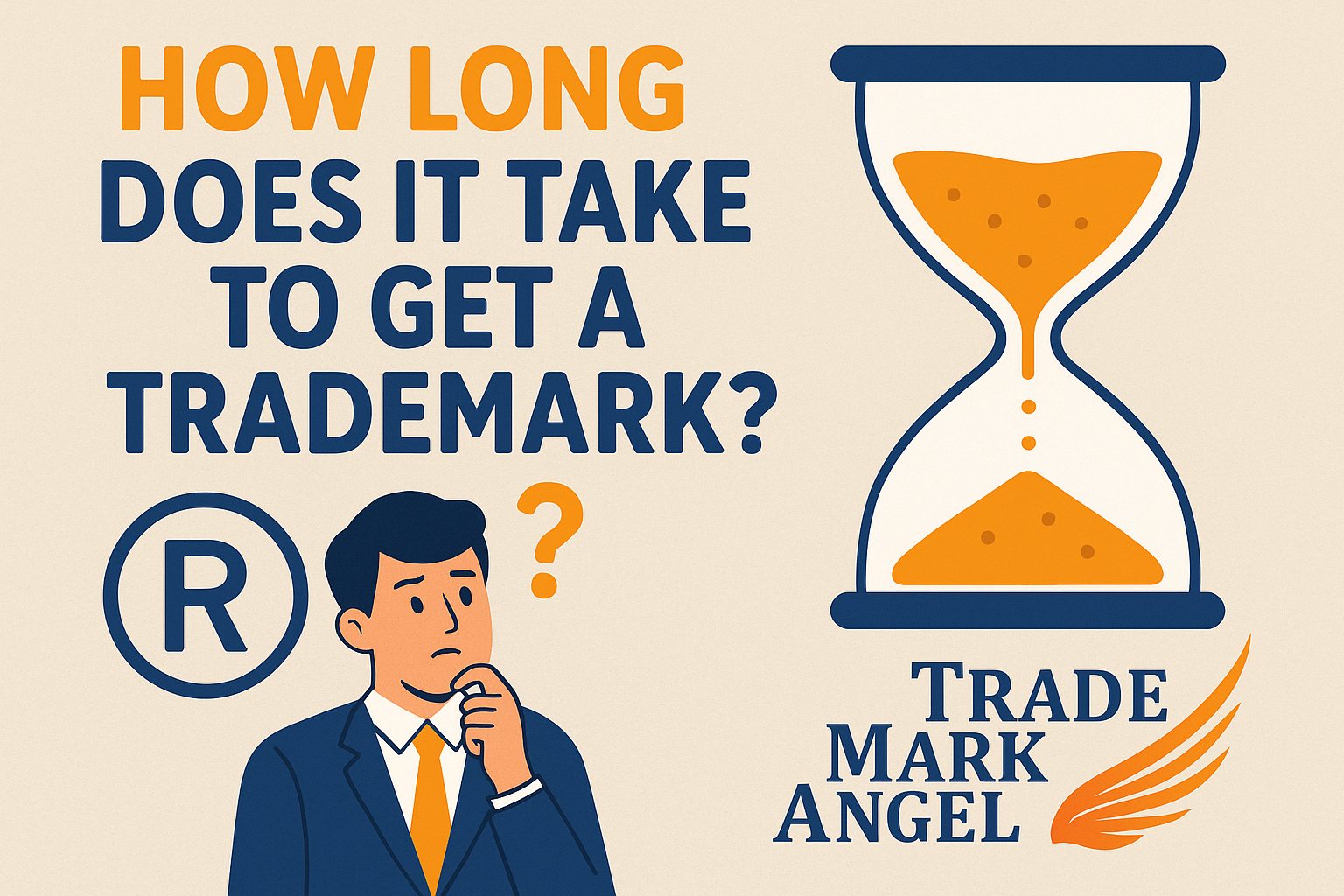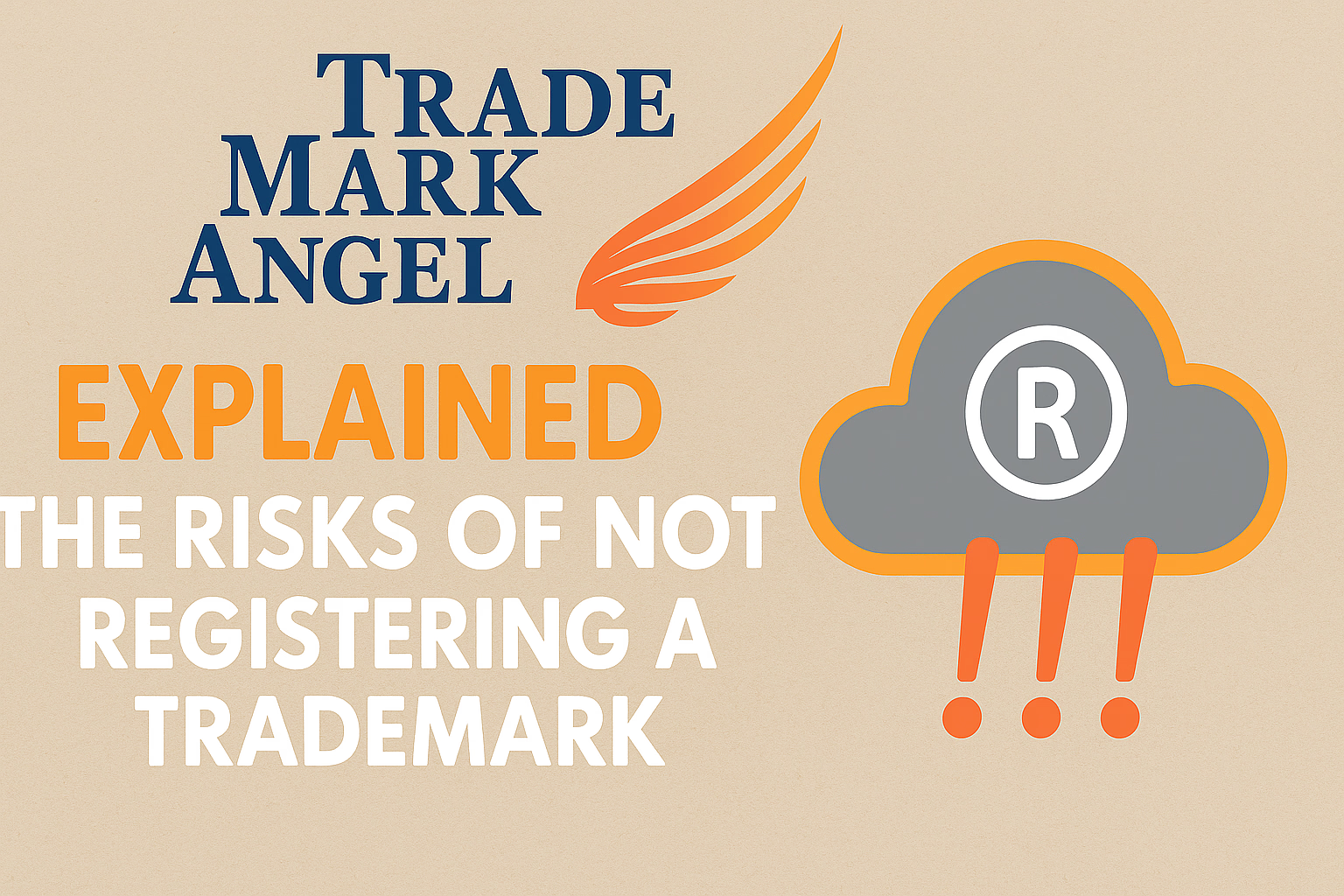If you’re planning to register a trademark in the U.S., there’s one thing that trips people up more than anything else — confusion.
Every year, thousands of applications get refused because the USPTO decides they’re too close to existing marks. It’s frustrating, especially if you thought your name was unique. But the good news is, there’s a clear method behind how they make that call.
Trademark examiners rely on what’s known as the 13 DuPont factors — a legal checklist from a 1973 case (In re E.I. du Pont de Nemours & Co.). Those same factors are still used today, and understanding them can save you time, money, and plenty of headaches.
Let’s walk through what each one means — in plain English.
1. How Similar Are the Marks?
This is where most refusals start. The examiner looks at how two marks look, sound, and feel. It’s not just about spelling — it’s the overall impression.
Example:
“Koka-Kola” or “Ckoqa Ckola” for drinks wouldn’t fly. Even though it’s spelled differently, it looks, sounds, and feels like “Coca-Cola.”
If customers would hear or see the two and assume they’re related, that’s confusion.
2. Are the Goods or Services Related?
You might think a name is fine if your business is totally different. But if the products are even loosely connected, confusion can still happen.
Example:
“Sunrise Coffee” and “Sunrise Tea” — both beverages, both sold to the same kind of shopper. That’s close enough for the USPTO to hit pause.
Even if your goods aren’t identical, related industries can overlap in the consumer’s mind.
3. Where and How Are They Sold?
This one’s about trade channels — basically, where customers run into your product.
Example:
If “LUSHY” makeup and “LUSHIE” skincare both show up on Amazon or in Sephora, that’s a problem. The same audience, the same shelves, so confusion risk goes up fast.
Another example:
If “PetCozy” dog beds and “PetCozie” leashes are both sold on Chewy and Amazon, buyers scrolling fast through listings may not even notice the spelling difference. The identical sales platforms make confusion almost inevitable.
4. How Carefully Do People Buy It?
Impulse buys = more confusion. Expensive, technical purchases = less.
Example:
A person grabbing a $3 lip balm probably won’t notice small brand differences. But a surgeon ordering $2,000 tools will double-check everything.
Another example:
A customer scrolling fast on Instagram might mix up “Lush Wear” and “Luxe Wear” when buying a $25 T-shirt. But if they’re dropping $1,500 on a designer bag, they’ll research, compare, and notice every small detail — including the brand name.
The USPTO looks at your audience’s buying habits — not yours.
5. How Famous Is the Existing Brand?
Fame changes the game. The more famous a brand is, the wider its protection stretches.
Example:
You can’t sell “Nyké” shoes and hope nobody notices. Even if you use an accent mark, Nike’s fame makes confusion almost automatic.
Big brands have earned that recognition — and they get a bigger legal bubble because of it.
6. How Many Similar Marks Are Already Out There?
If an industry is packed with similar names, consumers learn to spot small differences — and that can actually help you.
Example:
There are dozens of “Eagle” clothing brands. In that kind of market, “Eagle Fit” might pass because shoppers already expect slight variations.
7. Has Anyone Actually Been Confused?
Real-world confusion is the best evidence there is.
Example:
If customers are emailing “Blue Sky Coffee” when they meant to contact “Blu Skye Café,” that’s not hypothetical. It’s happening. And that’s powerful evidence for the USPTO.
8. Have the Marks Coexisted Without Issues?
Sometimes two businesses use similar names for years without a single mix-up — that matters.
Example:
“Summit Shoes” and “Summit Energy Bars” might both exist peacefully because they’re in totally different spaces. That peaceful coexistence can help a new application.
9. How Many Things Does the Existing Brand Cover?
If a brand uses its name across a ton of different goods or services, confusion is more likely when new ones appear.
Example:
Apple isn’t just computers anymore — it’s phones, music, and TV. So if someone tried to register “Apple Fitness,” consumers might easily assume it’s part of Apple Inc.
10. Do the Companies Have Any Connection or History?
This one’s about relationships — business partnerships, joint ventures, anything like that.
Example:
If two companies once worked together under “BrightHome,” and one later tries to register “BrightHome Plus,” that shared past could make confusion more likely.
11. Does the Applicant Already Own Similar Marks?
If you already have a family of marks, the USPTO may see that as a sign of brand consistency — not confusion.
Example:
Say you own “EcoPure” for cleaning products. Adding “EcoPure Home” could make sense since it builds on your existing mark.
12. How Bad Would Confusion Be?
Sometimes the stakes are high. If confusion could cause real harm, the USPTO will be extra cautious.
Example:
Two drug names like “Cardiox” and “Cardioxin” could be a serious safety issue. Even a small mix-up isn’t acceptable in that case.
Another example:
If a consumer mistakes “SecureBank” for “SureBank” and sends money to the wrong company, the financial loss could be serious. When money or personal data is involved, even tiny differences between trademarks can cause major problems.
13. Anything Else That Feels Relevant
This is the “catch-all” factor — a safety net for extra context.
Example:
If people on social media already think two brands are connected, that’s valid evidence. The USPTO wants the real-world view, not just what’s on paper.
How the USPTO Balances It All
Here’s the thing: not every case touches all 13 factors. Some matter more than others — especially similarity, related goods, and trade channels.
The USPTO doesn’t use a scorecard. They look at the big picture — how an ordinary shopper, not a trademark lawyer, would see your brand.
You don’t have to “win” every factor, just enough to show that confusion is unlikely.
How to Avoid Trademark Confusion (Before You File)
Let’s be honest — most refusals are avoidable with a little prep work. Here’s what helps:
- Run a real search, not just a quick Google check.
- Compare sound and look. Say your name out loud next to others — do they blend?
- Think about your audience. Where do they shop, and how do they buy?
- Get help early. A trademark professioinal can spot red flags before the USPTO ever sees them.
At Trademark Angel, this is our bread and butter. We run deep searches, explain your risks clearly, and make sure your mark has the best chance of approval.
Key Takeaway
The 13 DuPont factors are the USPTO’s roadmap for deciding whether two marks are confusingly similar.
If you understand how they think, you can pick a trademark that’s both creative and legally solid.
Not sure if your mark might run into trouble? Book a free consultation at https://trademarkangel.com/contact — we’ll tell you where you stand before you file.
FAQs: Clearing Up Common Confusion
1. What is trademark confusion?
It’s when customers think two brands are related because their trademarks look or sound alike. The USPTO tries to prevent that before it happens.
2. What are the DuPont factors?
They’re 13 criteria examiners use to figure out if two trademarks are too close — covering similarity, fame, trade channels, and more.
3. Why does the USPTO reject marks for confusion?
To protect consumers and existing brand owners. Nobody wants to buy the wrong product because two names looked the same.
4. How can I avoid it?
Start with a comprehensive search. Check for similar names, sounds, or visuals in your industry. And if you’re unsure, get a professional review — it’s cheaper than a refusal.
5. What if my mark gets refused?
You can fight it. Often you’ll need to show that your goods are unrelated or that customers wouldn’t mix you up with the other brand. A solid legal response can turn things around.
6. How can Trademark Angel help?
We specialize in avoiding and resolving confusion refusals. From deep pre-filing searches to sound filing strategy, our team helps your brand stand out — and stay protected.
Final Thought:
Trademark confusion isn’t something to fear; it’s something to understand. Once you know how the USPTO thinks, you can play smarter — and Trademark Angel can make sure your application clears every hurdle.











